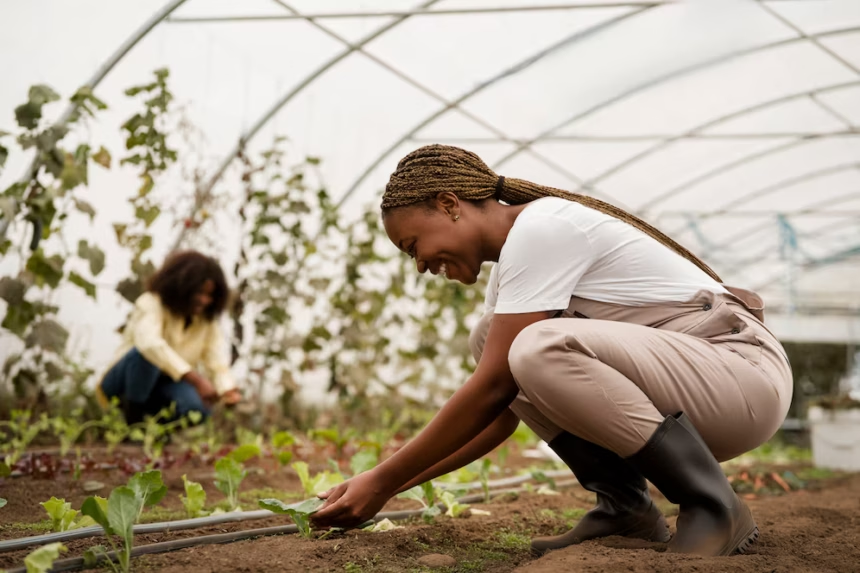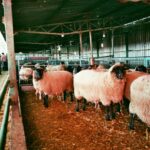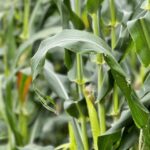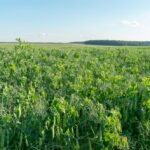As the world continues to embrace sustainable practices in agriculture, permaculture has emerged as one of the most effective methods for smallholders to achieve long-term food security and environmental harmony. Permaculture farming techniques are not just for large-scale operations; they are particularly well-suited to smallholder farms, offering a practical, holistic approach to land management, water conservation, soil health, and biodiversity. In this article, we will explore the fundamental principles and techniques of permaculture farming and how smallholders can implement them to create thriving, self-sustaining agricultural systems.
What is Permaculture Farming?
Permaculture is a design philosophy and system of farming that works with nature rather than against it. The term “permaculture” is derived from “permanent agriculture,” which aims to create agricultural ecosystems that are self-sustaining, regenerative, and resilient over time. This farming approach emphasizes the use of renewable resources, minimizes waste, and encourages biodiversity.
For smallholders, permaculture provides a way to produce food in a way that is both ecologically sound and economically viable. It focuses on creating balanced ecosystems where every element works in harmony to support each other, reducing reliance on external inputs like synthetic fertilizers and pesticides.
Key Permaculture Principles for Smallholder Farms
Before diving into specific techniques, it’s important to understand the core principles of permaculture that guide its practices:
- Observe and Interact: Take time to understand the land, its climate, and its natural resources. Observation is the first step in designing a permaculture system that works in harmony with the environment.
- Catch and Store Energy: Maximize the use of available natural resources, such as sunlight, wind, and water, by designing systems that capture and store energy. For example, rainwater harvesting systems and solar-powered irrigation.
- Obtain a Yield: Every permaculture design should be geared toward producing tangible benefits, such as food, fuel, and fiber, to meet the needs of the farm and its inhabitants.
- Apply Self-Regulation and Accept Feedback: Regularly assess the farm’s performance and make adjustments to ensure sustainability. Permaculture farming is dynamic and requires flexibility to adapt to changing conditions.
- Use and Value Renewable Resources and Services: Focus on using renewable, locally available resources like compost, manure, and green energy to reduce the need for non-renewable inputs.
- Produce No Waste: Implement systems that recycle waste materials into useful resources. For instance, kitchen scraps can be composted to enrich the soil, while plant residues can be used as mulch.
- Design from Patterns to Details: Begin with a broad design for your farm that reflects the natural patterns of the landscape, and then focus on the details, such as plant selection and water management.
Permaculture Techniques for Smallholders
Now that we have an understanding of the principles, let’s delve into some specific permaculture techniques that smallholders can apply to their farms to create productive, sustainable systems.
1. Keyhole Gardens
Keyhole gardens are an innovative way to maximize space and water usage, especially in small areas. These circular or semi-circular raised garden beds are designed to make the best use of limited resources. The center of the garden is usually a composting basket or pile, which acts as a continuous source of organic matter and nutrients for the plants surrounding it. Keyhole gardens are particularly effective in regions with poor soil or limited water, as they allow for efficient use of compost and rainwater.
2. Companion Planting
Companion planting is a technique where different plant species are grown together to benefit one another. For example, planting basil alongside tomatoes can improve growth by repelling pests and enhancing flavor. This technique helps smallholders increase crop yield while minimizing the need for chemical pest control. By carefully selecting plant combinations that support one another, smallholders can improve soil health, attract beneficial insects, and naturally deter pests.
3. Agroforestry and Silvopasture
Agroforestry and silvopasture integrate trees, shrubs, and livestock into farming systems. In agroforestry, trees are planted alongside crops to provide shade, improve soil fertility, and reduce erosion. Silvopasture, on the other hand, combines trees with livestock grazing, creating a symbiotic relationship where trees provide shelter and food for animals while improving the land’s overall health. For smallholders, these systems can increase biodiversity, improve soil structure, and provide additional income from timber, fruit, and forage.
4. Rainwater Harvesting and Irrigation Systems
Water management is one of the most critical aspects of permaculture farming. Smallholders can implement rainwater harvesting systems to collect and store water during the rainy season, which can be used to irrigate crops during dry periods. Systems such as gutters, downspouts, and barrels can be set up to capture rainwater from roofs and other surfaces. For larger farms, more complex systems such as swales, ponds, and check dams can help manage water flow and reduce soil erosion.
Additionally, drip irrigation systems can be installed to provide precise and efficient watering, minimizing water wastage while ensuring that crops receive the moisture they need.
5. Composting and Vermiculture
Composting is a cornerstone of permaculture. By recycling organic waste like food scraps, leaves, and animal manure, smallholders can create nutrient-rich compost that enhances soil fertility. Vermiculture, or worm farming, is another highly effective method for producing compost and enriching soil. Worms break down organic matter into humus, a valuable soil amendment that improves soil structure, water retention, and nutrient availability.
6. Polyculture and Diversity
Instead of growing monocultures, which are vulnerable to pests and diseases, permaculture encourages smallholders to grow a diverse range of crops in polycultures. This method mimics the diversity found in natural ecosystems, which enhances resilience to environmental stressors. Polyculture farming promotes healthy soil, reduces pest outbreaks, and provides a greater variety of food for the farm family or market.
Smallholders can experiment with growing a mix of vegetables, fruits, herbs, and flowers, ensuring that the farm is always productive, regardless of seasonal changes.
7. Soil Building with Mulch and Cover Crops
Healthy soil is essential for successful permaculture farming. Using mulch and cover crops helps improve soil fertility, prevent erosion, and retain moisture. Mulch made from organic materials like straw, grass clippings, and leaves acts as a protective layer that suppresses weeds, retains soil moisture, and provides nutrients as it decomposes.
Cover crops, such as legumes, are planted during the off-season to protect bare soil. These crops fix nitrogen in the soil, enriching it naturally and preparing it for future planting.
Benefits of Permaculture Farming for Smallholders
Implementing permaculture farming techniques offers several benefits to smallholders:
- Sustainability: Permaculture systems are designed to be self-sustaining, reducing the need for external inputs and minimizing environmental impact.
- Resilience: By promoting biodiversity and water conservation, permaculture makes farms more resilient to climate change, pests, and diseases.
- Increased Yields: Polyculture and companion planting can increase crop yields while maintaining soil health.
- Cost Efficiency: With reduced dependence on chemicals, fertilizers, and irrigation, permaculture farming can lower production costs for smallholders.
- Profitability: The diverse range of products (fruits, vegetables, herbs, livestock, and timber) from a permaculture farm provides multiple income streams.
Permaculture farming techniques offer smallholders a sustainable and effective way to grow food, protect the environment, and build resilient, productive farming systems. By focusing on long-term sustainability, biodiversity, and self-sufficiency, smallholders can thrive while making a positive impact on the land. Whether you’re a new smallholder or an experienced farmer looking to transition to more sustainable practices, permaculture provides the tools and principles needed to create a harmonious and profitable farming system for the future.
Join 'Farmers Mag' WhatsApp Channel
Get the latest Farming news and tips delivered straight to your WhatsApp
CLICK HERE TO JOIN






